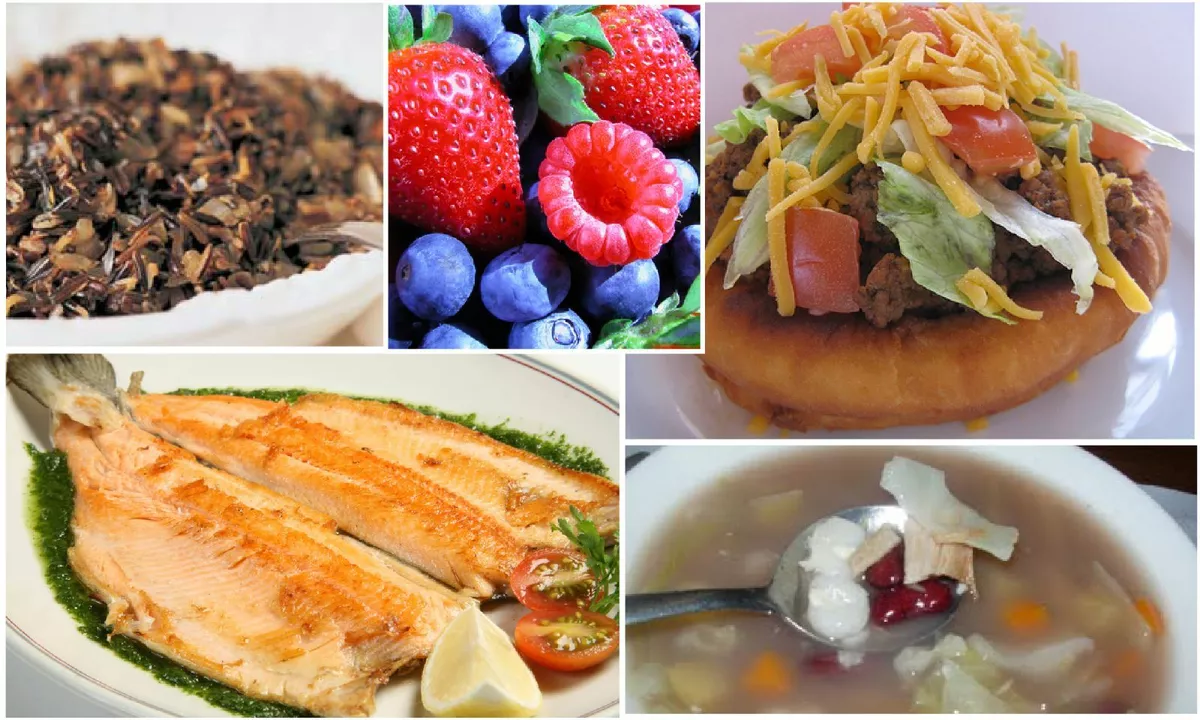Cultural Cuisine: What Indian Bread Means in Native American Food
When people say Indian bread they usually mean traditional breads made by Native American tribes. That term covers things like frybread, cornbread, and bannock. Each of these breads has a clear history and different cooking styles. This page explains what they are, why they matter, and how to make simple versions at home.
Cornbread traces back to pre-contact Native life where maize was a staple. Cornmeal mixed with water or buttermilk makes a batter or dough that bakes or cooks on a griddle. Cornbread varies by region: some tribes add beans, squash, or herbs. Cornbread is a reminder of corn's role in diet, trade, and ceremony across many communities.
Frybread is a product of colonial history. When tribes were displaced, the government supplied white flour, sugar, and lard. People turned those rations into frybread. It’s fried until puffed and golden, often served with savory toppings like chili or sweet ones like honey. Frybread can be delicious, but many people also see it as symbol of survival and loss simultaneously.
What is bannock?
Bannock arrived through trade with Europeans and adapted quickly. Some versions use baking powder, others rely on simple kneading and frying. Bannock can be pan-fried, oven-baked, or cooked over an open fire on a stick. It’s flexible: berries, seeds, or herbs get folded into the dough when available. In many places bannock is an everyday bread and a communal food at gatherings.
Quick tips for making these breads
For basic cornbread, use a 3:1 ratio of cornmeal to flour for texture, and add buttermilk to keep it moist. Heat a cast-iron skillet before adding the batter for a crispy edge. For frybread, keep dough soft and rest it 15 minutes; fry at medium heat so it cooks through without burning. Use oil about 350°F if you have a thermometer. For bannock, mix just until combined to avoid toughness; cook over low flame for even baking.
Serving matters. Cornbread pairs with stews, beans, or greens. Frybread can be a plate for savory toppings like pulled pork or a base for sweet toppings. Bannock shines with soups, tea, or jam. Each bread carries practical uses and local flavors that reflect ingredients people had on hand.
Respect the story behind the foods. Ask about local recipes and variations when you visit reservations or cultural events. People will often share tips and family versions that you won’t find in a cookbook. Trying these breads at home is useful, but learning their history adds deeper meaning to every bite.
Today many chefs and home cooks adapt these breads for health and flavor. Use whole-grain cornmeal, reduce sugar, or bake frybread as flatbreads to cut fat. Add herbs, roasted corn, or grated squash to boost nutrition. Schools and community kitchens sometimes teach traditional recipes alongside context about food sovereignty. Trying small changes keeps flavor while honoring origin stories. Ask elders about meanings and serve breads with respect at meals and events and social gatherings.

In one of my recent culinary explorations, I came across the term "Indian bread" in the context of Native American food. It turns out that Indian bread refers to a variety of traditional flatbreads consumed by Native American tribes. Some popular examples include frybread, cornbread, and bannock. These breads are typically made from simple ingredients such as cornmeal or flour and are often cooked over an open fire. It's fascinating to learn about the diverse food traditions of Native American tribes and the role Indian bread plays in their cuisine.
Read More